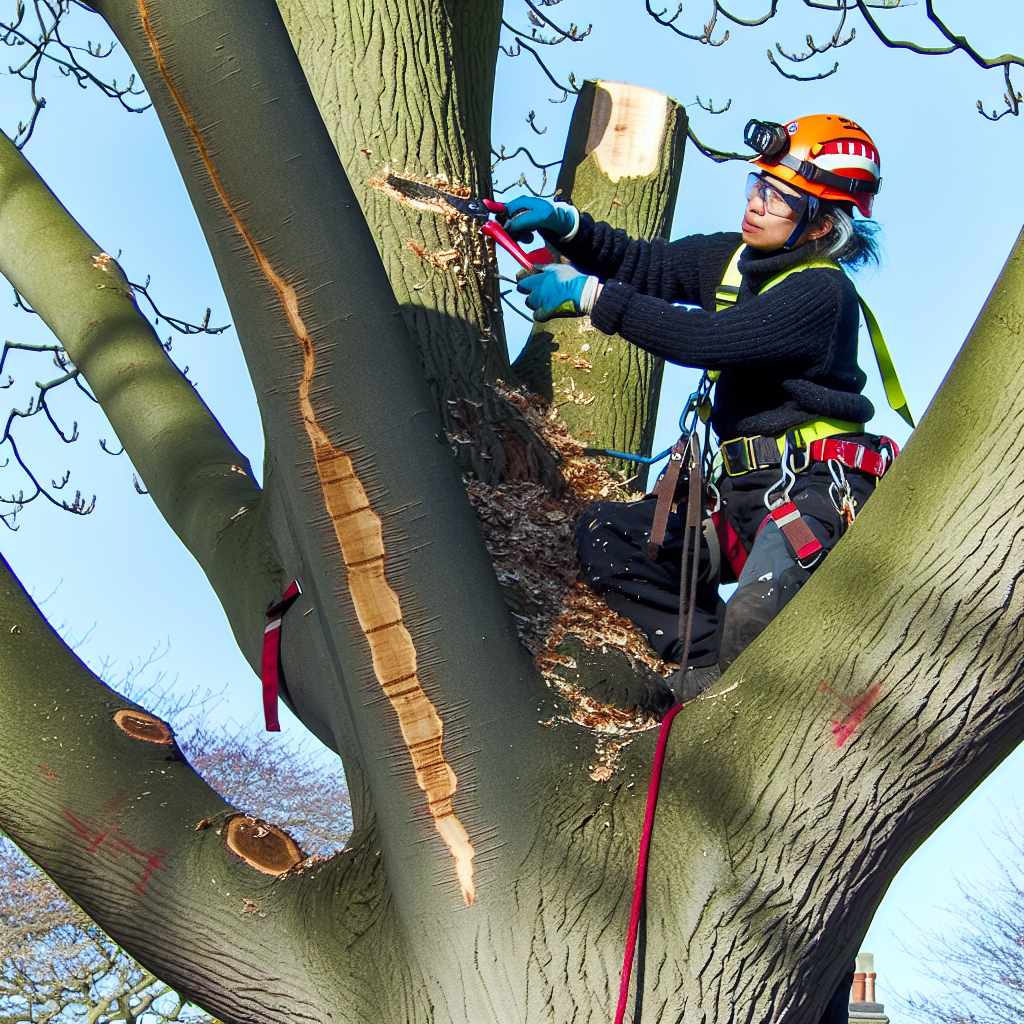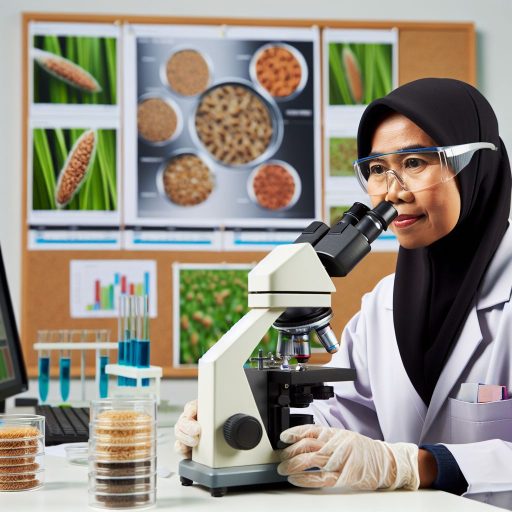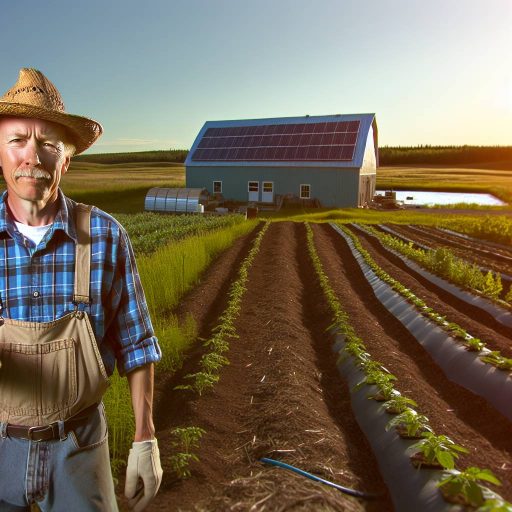Introduction to Tree Pruning and Its Significance in Arboriculture
Tree pruning is a vital practice within arboriculture.
This process improves tree health and enhances safety.
Proper pruning encourages growth and flowering.
Moreover, it helps to shape the overall structure of trees.
A well-pruned tree can withstand harsh weather conditions better.
This, in turn, reduces the risk of falling branches.
In addition, pruning can prevent the spread of disease.
By removing dead or diseased branches, arborists promote tree vitality.
Clearly, tree pruning plays a critical role in urban forestry.
It ensures that trees coexist harmoniously with infrastructure.
The Benefits of Proper Pruning Techniques
One primary benefit is enhanced tree health.
Healthy trees provide numerous environmental benefits.
These include improved air quality and reduced carbon dioxide levels.
Another advantage is increased fruit production in fruit trees.
Additionally, proper pruning improves flowering in ornamental trees.
It also maintains aesthetic appeal in landscape design.
Understanding Different Pruning Methods
Several pruning methods exist, each serving unique purposes.
Thinning involves removing specific branches to increase light penetration.
This method enhances air circulation within the tree canopy.
On the other hand, topping is generally discouraged.
This technique can damage the tree and lead to decay.
Additionally, crown reduction helps achieve a more manageable tree size.
The Role of Arborists in Pruning
Certified arborists possess specialized knowledge in tree care.
Their expertise enables them to assess tree health accurately.
They also understand the best techniques for pruning.
Unlock Your Career Potential
Visualize a clear path to success with our tailored Career Consulting service. Personalized insights in just 1-3 days.
Get StartedFurthermore, arborists play a critical role in educating the public.
They help homeowners make informed decisions about tree maintenance.
Through their guidance, trees thrive and contribute to our ecosystem.
Understanding Tree Biology
Growth and Development of Trees
Trees grow through a process called photosynthesis.
This process converts sunlight into energy.
Furthermore, trees absorb carbon dioxide and release oxygen.
Their root systems anchor them and absorb water and nutrients.
Additionally, roots support tree stability and health.
Response to Pruning
Pruning affects how trees grow and develop.
When branches are removed, trees respond by producing new growth.
This new growth often appears near the pruning site.
Moreover, pruning can redirect energy to healthier parts of the tree.
Thus, carefully planned pruning can enhance overall tree structure.
The Role of an Arborist
An arborist is a professional trained in tree care.
They understand tree biology and growth patterns deeply.
Additionally, arborists assess tree health and recommend necessary actions.
They use their expertise to improve tree aesthetics and stability.
As a result, the right pruning techniques can extend a tree’s life.
Different Pruning Techniques
Thinning
Thinning removes specific branches from a tree.
This technique enhances airflow and light penetration.
It encourages healthy growth and reduces disease spread.
Thinning improves the overall shape of the tree.
Tree arborists emphasize selective cutting for best results.
Heading
Heading focuses on shortening branches to stimulate growth.
This method encourages denser foliage and new growth.
It is particularly useful for certain tree species.
Arborists strategically cut back to a healthy bud.
This process aids in maintaining a manageable height.
Reduction
Reduction involves reducing the height or spread of a tree.
This approach minimizes risk from wind or storm damage.
It also allows for better sunlight access to lower branches.
Under the guidance of experts, safe cuts are crucial.
Reduction keeps trees healthy and aesthetically pleasing.
Choosing the Right Technique
Selecting the appropriate technique depends on the tree type.
Additionally, consider the tree’s purpose in the landscape.
For example, fruit trees benefit from different pruning than shade trees.
Consulting a certified arborist ensures proper care.
An expert assesses the tree’s health before deciding.
Learn More: How Arborists Maintain Healthy Trees and Ecosystems
The Role of Timing in Tree Pruning
Seasonal Considerations
Timing significantly impacts the effectiveness of tree pruning.
Different seasons affect tree growth and health.
Understanding these seasonal changes is essential for effective pruning.
Spring Pruning Benefits
Spring is a popular time for pruning many tree species.
This season promotes vigorous growth after pruning.
However, late spring pruning can interfere with flowering.
Careful timing ensures enhanced blooms and overall health.
Summer Pruning Practices
Summer pruning helps control tree shape and size.
This timing reduces the risk of disease through increased airflow.
Moreover, summer pruning can stimulate new growth in some species.
However, excessive summer pruning may stress the tree.
Autumn Pruning Considerations
Pruning in autumn prepares trees for winter dormancy.
This practice reduces the risk of winter damage and breakage.
However, late pruning may expose cuts to cold temperatures.
It is wise to finish pruning before the first frost.
Winter Pruning Techniques
Winter is optimal for pruning many deciduous trees.
During dormancy, trees are less vulnerable to stress.
This time allows for clear visibility of tree structure.
However, avoid pruning in extreme cold, which can damage branches.
Choosing the Right Time
Ultimately, the best pruning time depends on tree species.
Consider local climate conditions when determining timing.
Professional arborists can provide tailored advice.
They ensure that trees receive proper care throughout the year.
Discover More: How Seed Technologists Support Organic Farming Practices
Common Tools Used in Tree Pruning
Essential Pruning Tools
Tree pruning requires specific tools for effectiveness.
Secateurs are vital for making clean cuts on small branches.
These handheld shears reduce the risk of plant damage.
Pruning saws handle larger branches with ease.
Consider using a folding saw for portability.
Chainsaws are suitable for substantial pruning projects.
Ensure you choose the right size for safety and efficiency.
Safety Equipment
Safety is paramount during tree pruning activities.
Wear protective goggles to shield your eyes from debris.
Gloves protect hands from cuts and scrapes.
Hard hats are essential when pruning overhead branches.
Consider using a harness for stability when climbing.
Tools for Accessibility
Extension poles help reach high branches safely.
Pole pruners combine a saw and lopper on a long reach pole.
This tool allows for precise cuts without a ladder.
Ladders are also necessary for certain pruning tasks.
Ensure your ladder is stable and secure before use.
Maintenance of Pruning Tools
Maintenance keeps tools in optimal condition.
Regularly sharpen blades for clean and effective cutting.
Clean tools after each use to prevent disease spread.
Store tools in a dry place to prevent rust and damage.
Replacing worn parts extends the life of your equipment.
See Related Content: Arborists and Their Role in Urban Planning and Development
The Importance of Understanding Tree Species
Tailoring Pruning Methods Accordingly
Understanding tree species is crucial for effective pruning.
Different species have unique growth patterns and needs.
Recognizing these differences ensures proper care and maintenance.
Additionally, knowledge of species helps prevent damage.
Some trees require aggressive pruning, while others do not.
For instance, oak trees benefit from minimal pruning.
In contrast, fruit-bearing trees often need more frequent trimming.
Arborists evaluate tree health before deciding on pruning techniques.
This assessment influences the timing and extent of cuts.
Moreover, species age and size also play a significant role.
Young trees typically need formative pruning to guide growth.
On the other hand, mature trees’ pruning focuses on health and safety.
Understanding tree biology enhances the effectiveness of pruning efforts.
For example, knowing when trees enter dormancy leads to optimal pruning schedules.
This knowledge prevents stress and promotes robust growth.
Proper pruning methods also depend on local environmental factors.
Soil conditions, climate, and pests vary greatly by region.
Therefore, an arborist must integrate this information during planning.
Moreover, appropriate pruning can enhance a tree’s aesthetics.
It can improve light penetration and overall vigor.
Ultimately, tailored approaches lead to healthier trees.
Consulting with a knowledgeable arborist yields the best results.
They can assess specific environmental aspects and tree needs.
Understanding tree species shapes effective pruning practices.
This tailored approach directly benefits the tree’s health and longevity.
Uncover the Details: Impact Of Technology On Livestock Nutrition Practices

Health and Safety Considerations for Arborists During Tree Pruning
Understanding the Risks
Tree pruning involves significant physical challenges.
Arborists face risks from falling branches and tools.
Additionally, high-altitude work adds to the danger.
Preventative Measures and Training
Proper training is essential for arborist safety.
Arborists should learn about equipment handling.
They must also understand tree biology and behavior.
Regular safety training sessions are crucial.
Personal Protective Equipment (PPE)
Wearing the appropriate PPE is vital.
Hard hats protect against falling objects.
Cut-resistant gloves can prevent injuries from tools.
Additionally, safety goggles shield eyes from debris.
Safe Climbing Techniques
Climbing safely is a core skill for arborists.
Using proper harnesses and ropes enhances safety.
Maintaining three points of contact on ladders is essential.
Additionally, assessing the stability of trees is critical.
Emergency Protocols
Having emergency protocols is essential for arborists.
Regular drills can prepare the team for emergencies.
They must establish communication plans before work begins.
First aid training should be mandatory for all teams.
Awareness of Environmental Factors
Weather conditions significantly affect pruning safety.
High winds can increase the risk of accidents.
Wet ground can lead to slipping hazards.
Moreover, working during storms should be avoided.
The Impact of Tree Pruning on Urban Environments and Ecology
Enhancing Urban Aesthetics
Tree pruning significantly improves the visual appeal of urban landscapes.
Well-maintained trees create a more inviting environment for residents and visitors.
Pruning allows for structured growth, shaping trees into attractive forms.
Healthy trees enhance property values, contributing positively to community economics.
Promoting Tree Health
Regular pruning removes dead or diseased branches.
This practice prevents the spread of diseases within the tree and neighboring vegetation.
Furthermore, pruning encourages new growth and improves overall vigor.
Arborists use specific techniques to ensure minimal stress on the tree.
Improving Safety and Reducing Hazards
Pruned trees pose fewer risks to pedestrians and property.
Overgrown branches can obstruct views and hinder safe navigation.
By trimming back branches, arborists help maintain clear sightlines on roads.
Safety is a top priority in urban areas, especially during storms.
Supporting Biodiversity
Tree pruning positively affects urban biodiversity.
Healthy trees provide habitats for various wildlife species.
These habitats support birds, insects, and other organisms.
Moreover, pruning can enhance sunlight penetration for understory plants.
This leads to more diverse plant growth, promoting ecological balance.
Maintaining Air Quality
Trees play a crucial role in improving urban air quality.
Through photosynthesis, they absorb carbon dioxide and release oxygen.
Pruned trees can grow healthier, maximizing their air-cleansing capabilities.
Healthy urban forests mitigate pollution and enhance community wellbeing.
Mitigating Urban Heat Effects
Tree canopies provide shade, reducing temperatures in urban areas.
Pruning helps maintain a balanced canopy structure, promoting shade benefits.
Shade from trees can lower energy costs for cooling buildings.
Furthermore, it reduces the urban heat island effect significantly.
Engaging Community and Awareness
Tree pruning fosters community awareness about tree care.
Engaged residents are more likely to participate in local green initiatives.
Educational programs about pruning enhance understanding and appreciation of urban trees.
Communities benefit from collaborative efforts in tree management and maintenance.
Understanding the Role of Professional Arborists
Expertise in Tree Care
Professional arborists possess specialized knowledge about tree biology.
They understand how different species grow and respond to pruning.
This expertise allows them to make informed decisions for tree health.
Moreover, arborists stay updated on the latest techniques and research.
Impact on Tree Health
Proper pruning enhances a tree’s structural integrity.
Furthermore, it can improve air circulation and light penetration.
These factors are crucial for healthy growth and flowering.
Additionally, arborists can identify and treat potential diseases early.
This proactive approach prevents further damage to the tree.
Safety Considerations
Tree pruning can be dangerous without proper training.
Arborists use safety equipment to minimize risks during work.
They follow guidelines to protect themselves and the environment.
Hiring a professional reduces the chance of accidents at home.
Value of Professional Services
Investing in arborist services saves money in the long run.
Healthy trees require fewer interventions than neglected ones.
Ultimately, professional expertise contributes to sustainable tree care.
Healthy trees enhance property value and aesthetics.
Professional expertise plays a vital role in tree care.
Certified arborists provide invaluable services that benefit everyone.
Investing in professional tree care ensures a safer, greener future.
Additional Resources
Consulting Arborist – Urban Forestry Job Details | The Davey Tree …




